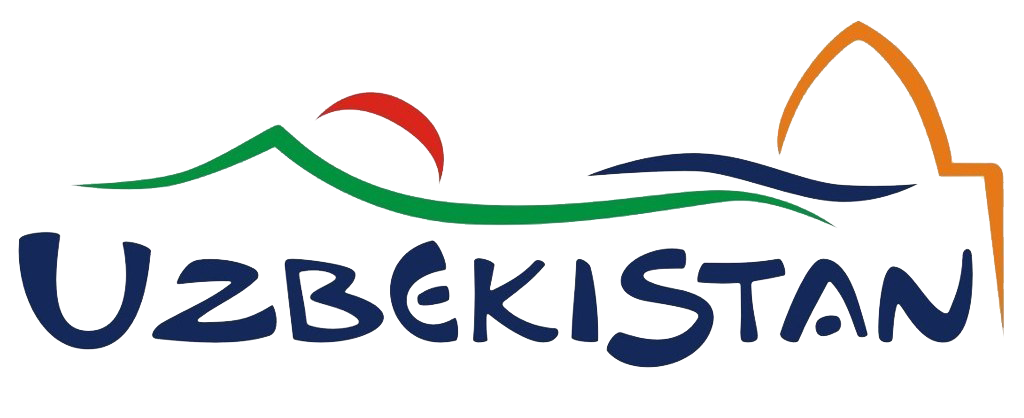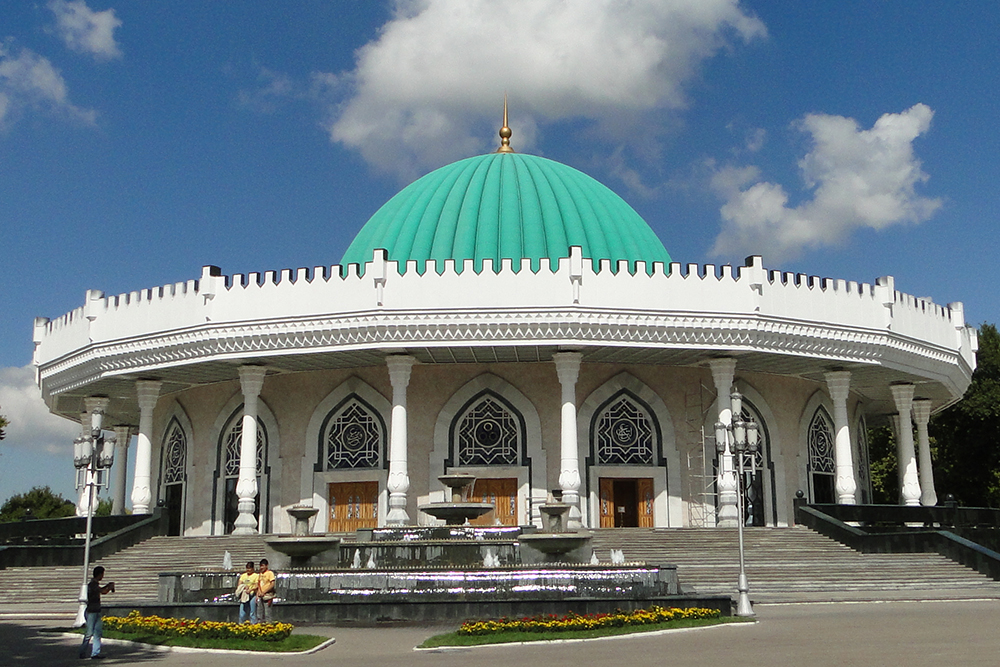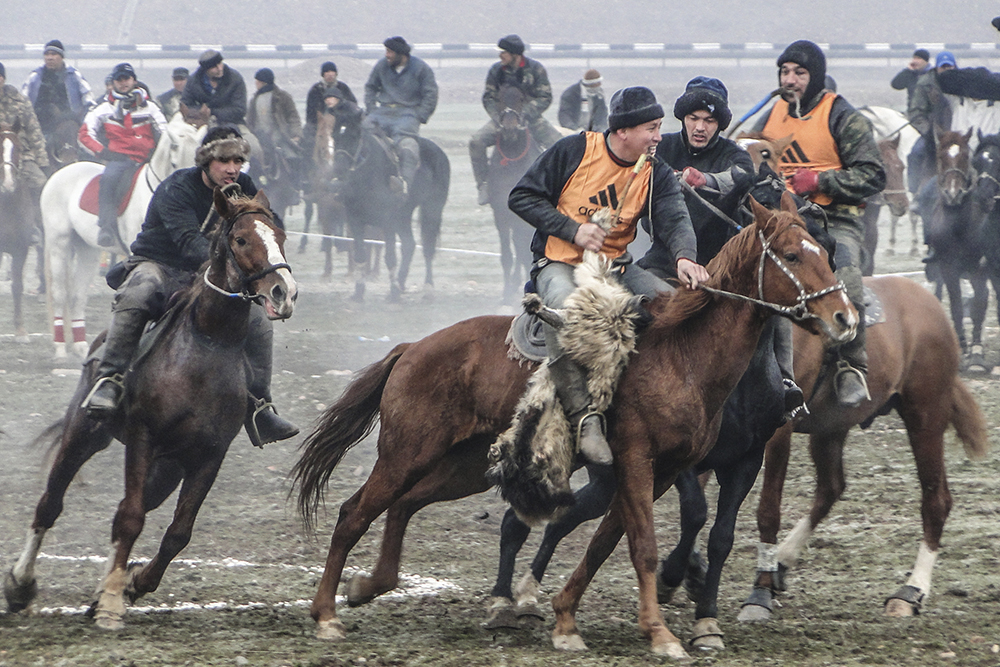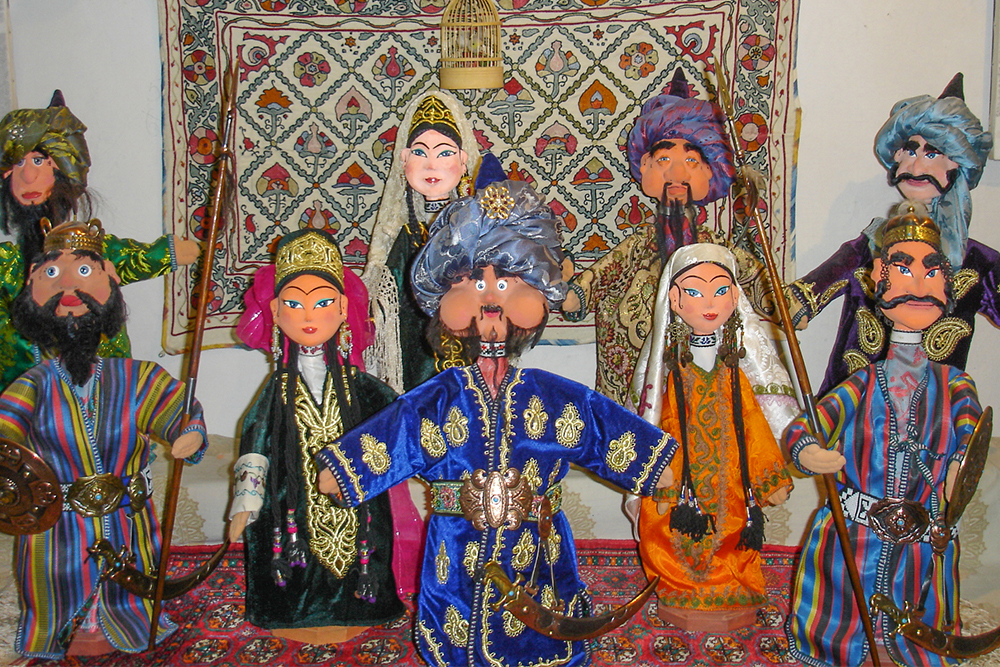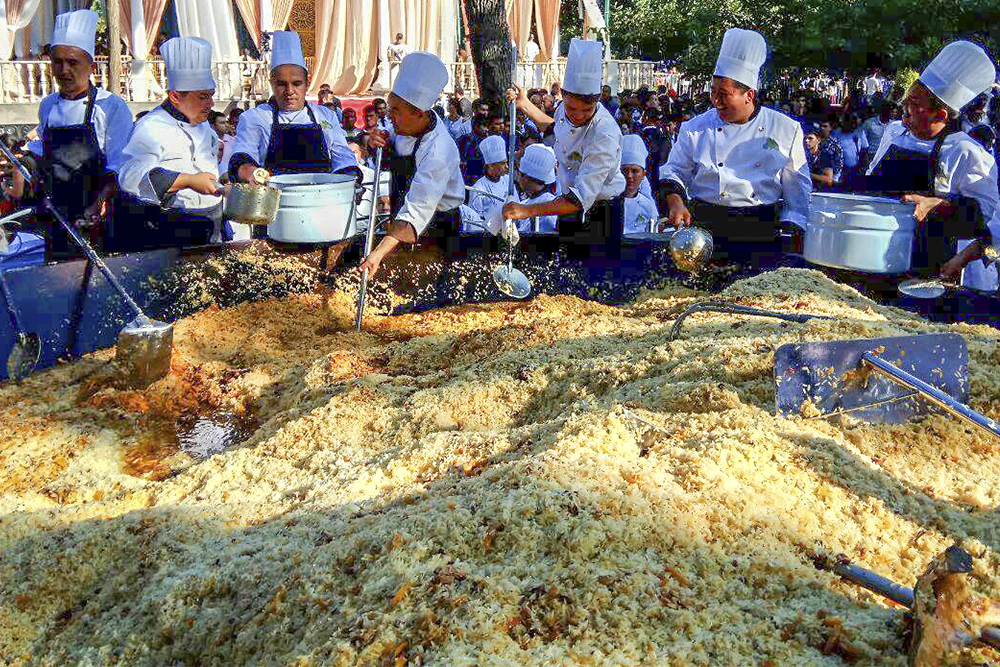A knife is the most necessary item in an Uzbek home. Despite the huge selection of imported knives from various manufacturers and world brands, in Uzbekistan they prefer to use traditional Uzbek knives.
The shape of the blade and the manufacturing technology of classic Uzbek knives (pichok) were formed at the end of the XIV – beginning of the XV century and remain unchanged to this day.
The Uzbek knife is easily differentiated from others by its special shape. Blade usually has the tip of the knife raised up, but there are also straight blades. The diameter of the knife handle is always less than the width of the blade, which gives the convenience of using the knife and a special beauty and harmony of shape. Knives can have a set, solid-horn or wooden handle. The tip of the handle is always bent down. All knives have excellent balance.
Small knives in Uzbekistan are called “chirchiki“, and large ones (more than 14 cm) are called "sharkhon". Knives are made in small blacksmith shops, so each knife is individual. Experts can distinguish by the knife which master made it. Usually, each master put his own brand on the blade. The knife is carried in a wide straight leather sheath
Traditionally, knife blades are made of carbon steel, most often dark with a bluish or yellow tint. Previously, for this purpose, blades were processed in a liquid clay solution of a certain composition. Such knives are sharpened very quickly (or rather, they are corrected) with several movements, one bowl or plate. Also, car springs, bearing clips, engine valves, fittings and other improvised materials serve as materials for modern knives. Knives of ” Damascus“ steel are also made in Uzbekistan.
Knives in Uzbekistan are made in small towns of the Ferghana Valley – Shakhrikhan and Chust. There are also workshops in Tashkent and Bukhara.
The Uzbek knife is not only an indispensable assistant in the kitchen, on a picnic, hunting, but also a great gift for a real man.

 Centralasia Adventures
+998781506280
Centralasia Adventures
+998781506280
28, Mukanna str.
Uzbekistan
Tashkent region
100070
